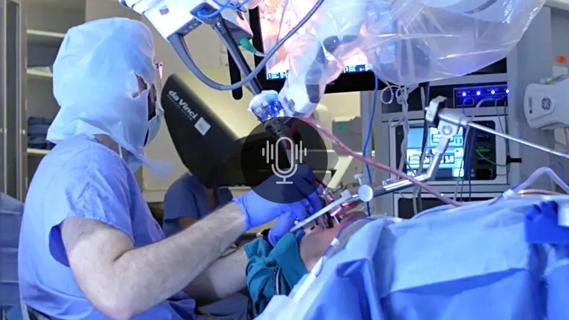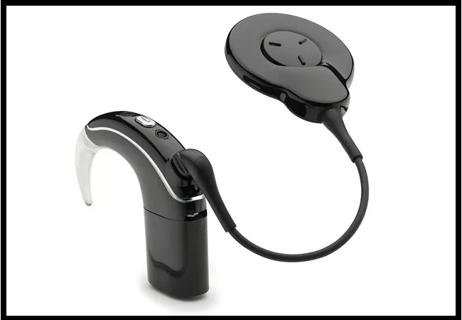An alternative to CPAP worth exploring

Cleveland Clinic is a non-profit academic medical center. Advertising on our site helps support our mission. We do not endorse non-Cleveland Clinic products or services. Policy
Continuous positive airway pressure (CPAP) is the standard first-line treatment for obstructive sleep apnea (OSA), but it is not well-accepted by most patients. A recent study at Cleveland Clinic found that only 44 percent of patients diagnosed with OSA were still using CPAP three years after their diagnosis.
In early 2014, the FDA approved a new category of therapy for OSA: hypoglossal nerve stimulation. This stimulation is delivered by implantation of the Inspire® Upper Airway Stimulation device. The device includes a programmable neurostimulator, a stimulation lead to the hypoglossal nerve and a pressure-sensing lead that detects respiration. The effect of the stimulation is to protrude the tongue forward and open the pharyngeal airway during respiration.
A pivotal trial recently demonstrated the safety and efficacy of Inspire therapy in a subset of patients with moderate to severe OSA. The investigators reported that the mean reduction in the apnea-hypopnea index (AHI) was 68 percent.
The Head & Neck Institute is one of a select few institutions in the country that is offering this outpatient procedure. Eligible candidates must meet four criteria:
Prior to implantation, patients who fulfill these criteria undergo sedated endoscopy to make sure that their particular pattern of airway collapse is amenable to Inspire therapy. Also, patients must have undergone a recent sleep study before implantation can be considered. Finally, a repeat sleep study must be performed one month postoperatively so that we can titrate the device to deliver its maximum therapeutic effect.
The Inspire hypoglossal nerve stimulator implant is just one facet of our multidisciplinary approach to patients with OSA. Our commitment to developing alternatives to CPAP for the treatment of OSA and snoring is reflected in the creation of a new unit in the HNI: the Section of Surgical Sleep and Snoring.
The new section is led by Alan Kominsky, MD, an otolaryngologist board-certified in sleep medicine, and staffed by Douglas Trask, MD, PhD, an otolaryngologist board-certified in sleep medicine; oral surgeons Michael Horan, MD, DDS, PhD; and two dentists with expertise in placing dental devices, Todd Coy, DMD, and Hadie Rifai, DDS.
The Section of Surgical Sleep and Snoring is now accepting referrals of patients who have not responded to CPAP or who have difficulty tolerating it.
Dr. Kominsky is Head of the Head & Neck Institute’s Section of Surgical Sleep and Snoring and a member of the General Otolaryngology Section. He can be reached at 216.444.6691 or kominsa@ccf.org.

A new single-port system well-suited for oropharyngeal cancer treatment

A reduction in the number of incisions for implantation simplifies the procedure and improves patient experience

An answer may be seen by looking at the teeth

How advanced blood testing is changing treatment paradigms

Hearing implant program continues to grow

Study compares hearing aids and combination devices

Rapid recoveries and positive outcomes underscore the value of this operation